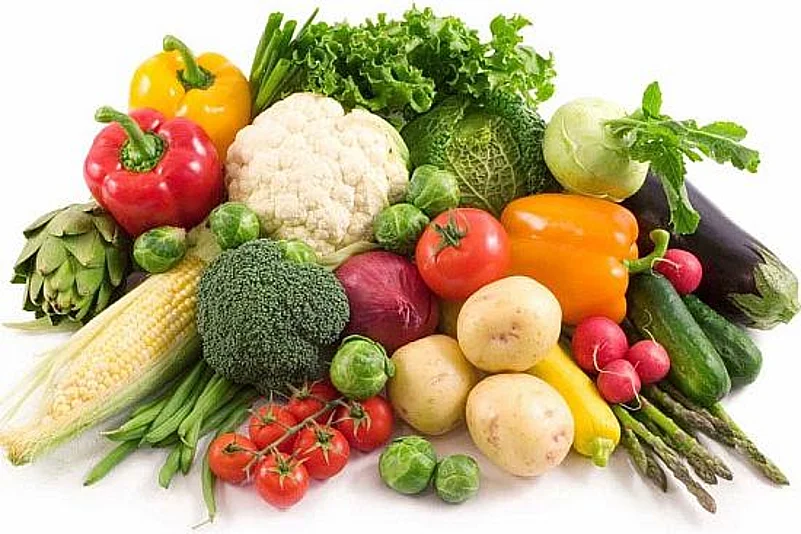Rajat Thakur, 33, comes across as a fitness freak working out two hours a day. But two years ago, Thakur, obese at 112 kg, was hospitalized with his blood sugar soaring; his life vacillating between hope and despair for more than a month. “My first brush with diabetes brought me tantalizingly close to death,” he says.
Thakur is among millions of people in the country who are falling prey to diabetes each year. In 2003 more than 35 million people, representing 5.9 percent of the total population, had diabetes. However, by 2013 more than 65 million people, representing 8.5 percent of the population had the chronic disease, according to the International Federation of Diabetes.
Advertisement
Experts say the earlier notion of “inheriting” Type-2 Diabetes, where the pancreas secretes insufficient insulin, is now passé.
“Environmental factors contribute 80 percent to one becoming diabetic,” says Dr. Anoop Mishra, director of Fortis CDOC Hospital in Delhi. Diet and inactivity are primary environmental factors causing the disease. No one gene causes it, he adds. “90 percent of diabetics are obese, while those who aren’t have higher body fat,” he says.
The transition from traditional to processed food has ushered in the diabetes epidemic in the country, says Prof. Umesh Kapil of the All India Institute of Medical Sciences.
Advertisement
The foetal origin of diabetes can be related to overweight infants and children, found Dr. HPS Sachdeva of the Sitaram Bharatiya Research Institute in the national capital. Overweight children are more susceptible to the disease later in life, he says.
A study conducted by the National Institute of Nutrition (NIN) in Hyderabad found the number of overweight or obese adolescents in the 12-17 age group increase significantly in nine years. “We found 15 percent school-going adolescents overweight. Such kids were given to junk food more than the others. Improper diet was responsible for being overweight in 54 percent of the cases, while inactivity caused weight problems in 33 percent of the adolescents,” says A Laxmaiah, a scientist at the NIN who led the research team.
Diet varies across the length and breadth of the nation. A more traditional diet helps south Indians keep diabetes at bay, found a study conducted by Carrie Daniel Macdougall, an assistant professor at the University of Texas in USA. “Many Indians reported eating less healthy food, including high-fat dairy, fried snacks, and sweets, for instance, paneer, samosa, vada and sweet custard. The groups that commonly consumed such food were more likely to be obese,” Macdougall said. Terming the change in diet as “nutrition transition,” she said population adopting such a lifestyle is at risk of getting diabetes.
Researching the role of sugar-sweetened beverages in triggering the onset of Type 2 diabetes, Frank Hu, a professor of nutrition and epidemiology at Harvard School of Public Health in the U.S. found those who drank one to two 12 ounce servings of such beverages daily increased their risk of developing diabetes by 26 percent, according to the American Diabetes Association.
Advertisement
For Thakur a chance meeting with his now trainer Harry John brought him to believe that one can lead a healthy life through exercises and dietary discretion, despite having diabetes. “I work out almost two hours a day. I know I cannot achieve a cure, but can still have a healthy life,” he says.



















